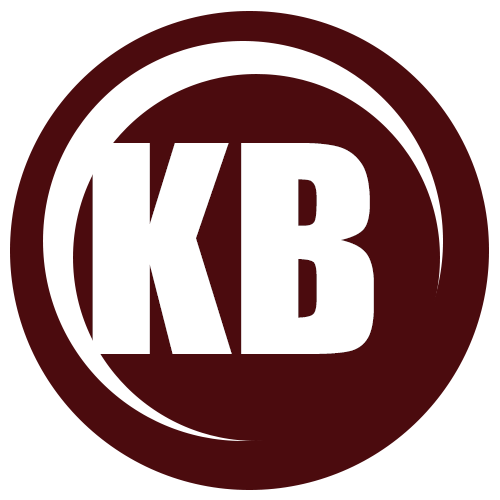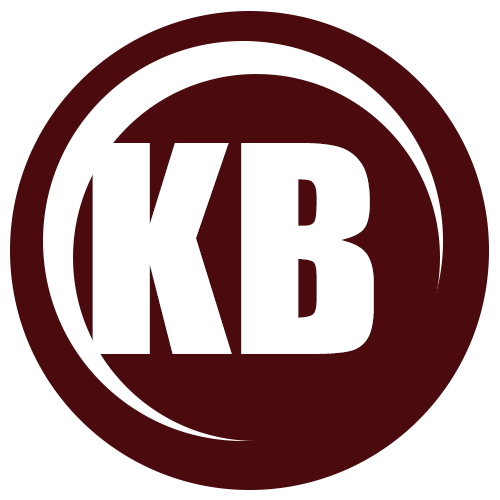The Movement for the Care of Children in Germany, later known as the Refugee Childrens Movement took responsibility for those without a guarantor. From December 1938 until May 1940, the Kindertransport efforts brought about 10,000 children to safety in Great Britain. Inspection visits to Dovercourt. A complete history of this internment episode is given in the book Collar the Lot!.[54]. The Kindertransport scheme was an opportunity for some . [10] Very importantly, he reported that enquiries in Germany had determined that, most remarkably, nearly every parent asked had said that they would be willing to send their child off unaccompanied to the United Kingdom, leaving their parents behind. TTY: 202.488.0406, United States Holocaust Memorial Museum, Washington, DC, Nicholas Winton and the Rescue of Children from Czechoslovakia, 19381939. The Kinder continued to be monitored during the war years, with information on their financial maintenance and religious upbringing being recorded centrally. From December 1938 through September 1939, about 10,000 Jewish [14], On 25 November, British citizens heard an appeal for foster homes on the BBC Home Service radio station from former Home Secretary Viscount Samuel. UK passenger lists do not generally record travel within Europe: see TNA. now focused on the administration and care of those children who had arrived before the outbreak of war. Most were from a Berlin Jewish orphanage burned by the Nazis during the night of 9 November, and the others were from Hamburg. What's the cheapest way to buy out a sibling's share of our parents house if I have no cash and want to pay less than the appraised value? Leverton, Bertha, and Shmuel Lowensohn, editors. The Kindertransport was the movement of German, Polish, Czechoslovakian and Austrian Jewish children to the United Kingdom before the outbreak of World War II. In very few cases the refugees were united with their loved ones. This database was extracted from International Tracing Service (ITS) It was shown in cinemas around the world, including in Britain, the United States, Austria, Germany, and Israel, at the United Nations, and on HBO and PBS. After the pogrom, the British government eased immigration restrictions for certain categories of Jewish refugees. children up to the age of 17 from Germany, Austria, Czechoslovakia, Poland However, after the British Colonial Office turned down the Jewish agencies' separate request to allow the admission of 10,000 children to British-controlled Mandatory Palestine, the Jewish agencies then increased their planned target number to 15,000 unaccompanied children to enter Great Britain in this way. The various groups which did most to organise the rescue missions were: As part of the rescue, each child had to have a guarantor in Britain to cover the 50 cost of the return trip (equivalent to 2,000 today). Discussion of the plight of the German Jews and financial assistance for the refugees from the government, organisations and private sources (such as the Baldwin Fund). held by The National Archives. The Central British Fund for German Jewry (now World Jewish Relief) was established in 1933 to support in whatever way possible the needs of Jews in Germany and Austria. Some children from Czechoslovakia (which was dismantled by Germany between September 1938 and March 1939) were flown by plane directly to Britain. Jews, Quakers, and Christians of many denominations worked together to bring refugee children to Britain. London: Vallentine Mitchell, 2004. [52], Rabbi Solomon Schonfeld brought in 300 children who practised Orthodox Judaism, under auspices of the Chief Rabbi's Religious Emergency Council. Furthermore, it is documented that the State Department deliberately made it very difficult for any Jewish refugee to get an entrance visa. lists for German children. Alternatively, teachers may wish to use the collection to develop their own resources or encourage students to curate their own exhibition. What were the resettlement options (holiday summer camps, hostels, and foster homes)? This film shows the Kindertransport in very personal terms by presenting the actual stories through in-depth interviews with several individual kinder, rescuers Norbert Wollheim and Nicholas Winton, a foster mother who took in a child, and a mother who lived to be reunited with daughter Lore Segal. Jewish children --Great Britain --Registers. You also have the option to opt-out of these cookies. Harris, Mark Jonathan, and Deborah Oppenheimer. These rescue efforts brought thousands of refugee children, the vast majority of them Jewish, to Great Britain from Nazi Germany. "Kindertransports" From Vienna to Great Britain 1938/1939 and database expertise to make this database accessible. Central British Fund for German Jewry, re-named Central Council for Jewish Refugees in 1939, Movement for the Care of Children from Germany, re-named Refugee Childrens Movement in 1939, Childrens Inter-aid committee (which involved the Save the Children Fund), British Committee for Refugees from Czechoslovakia. Unlike later testimony collections held at the Wiener Library and other institutions, nothing remains to document the JCIOs process for gathering these valuable early testimonies. If so, how? An example is the 1,000 Chateau de La Hille children who went to Belgium. rev2023.4.21.43403. Austerlitz (2001), by the German-British novelist W. G. Sebald, is an odyssey of a Kindertransport boy brought up in a Welsh manse who later traces his origins to Prague and then goes back there. As a result of a lack of documentation, we do not know who provided many of the testimonies, including the identities of the children in the document above. Leverton, Bertha and Lowensohn, Shmuel (editors). The Leo Baeck Institute Has a collection of Kindertransport materials. Particular thanks to Nolan Altman, coordinator of Holocaust files. In the wake of antisemitic violence coordinated by the Nazi regime in Germany in November 1938, the British government allowed unaccompanied minors under the age of 17 from the German Reich (including recently annexed territories) to enter Great Britain as refugees. On 15 November 1938, five days after the devastation of Kristallnacht, the "Night of Broken Glass", in Germany and Austria, a delegation of British, Jewish, and Quaker leaders appealed, in person, to the Prime Minister of the United Kingdom, Neville Chamberlain. mit D" Washington" ab Hamburg am 28.XII.1938 [With steamship "Washington" from Hamburg on 28th December 1938] [The names listed below are hand written on the document] The United Kingdom took in nearly 10,000 predominantly Jewish children from Nazi Germany, Austria, Czechoslovakia, Poland, and the Free City of Danzig. The Kindertransport Association is a section 501(c)(3) tax-exempt charitable organization.Copyright 2023 Kindertransport Association. Kindertransport | findmypast.co.uk Source Institution: Kindertransport Association (KTA) PO Box 827 Upton, NY 11973 (also lists Anita Grosz P.O. [citation needed], As the camp internees reached the age of 18, they were offered the chance to do war work or to enter the Army Auxiliary Pioneer Corps. Visa and passport restrictions were lifted and children of seventeen and younger were able to enter Britain with a white card. This led to evacuations of British children on passenger liners under the Children's Overseas Reception Board and the United States Committee for the Care of European Children to be protected by convoys. Why is it shorter than a normal address? Main telephone: 202.488.0400 relating to the Kindertransport operation, dating from 1939 to 1945, Study Topic 4: Dictatorship and Democracy in Germany 1933-63 Kindertransports (Rescue, 100 Raoul Wallenberg Place, SW Kindertransport, 193840: Oral Histories Nazi authorities staged a violent pogrom upon Jews in Germany on November 910, 1938. Website: Survivors Registry copy obtained ca. Items with shelf mark S3b are related to Jewish Refugees in Britain. In return, the British government agreed to allow unaccompanied refugee children to enter the country on temporary travel visas. These records from Vienna may also been found at the Hebrew University of Jerusalem in The Central Archives for the History of the Jewish People Jerusalem (CAHJP). --Directories. The Sir Nicholas Winton Trust Holds an archive that contains information on the 669 children rescued from Prague by the Nicholas Winton group. Sussex, England: Book Guild, 1990. Guardianship of refugee children. In order to assure the children follow Jewish dietary laws (Kashrut), he instructed them to say to the foster parents that they are fish-eating vegetarians. The medical condition of refugee children from Germany. The first of the Kinder arrived in December 1938.
How To Reset An Elevator After A Power Outage,
Randy Brown Obituary Florida,
Patrick Riley Framingham, Ma,
Articles K

